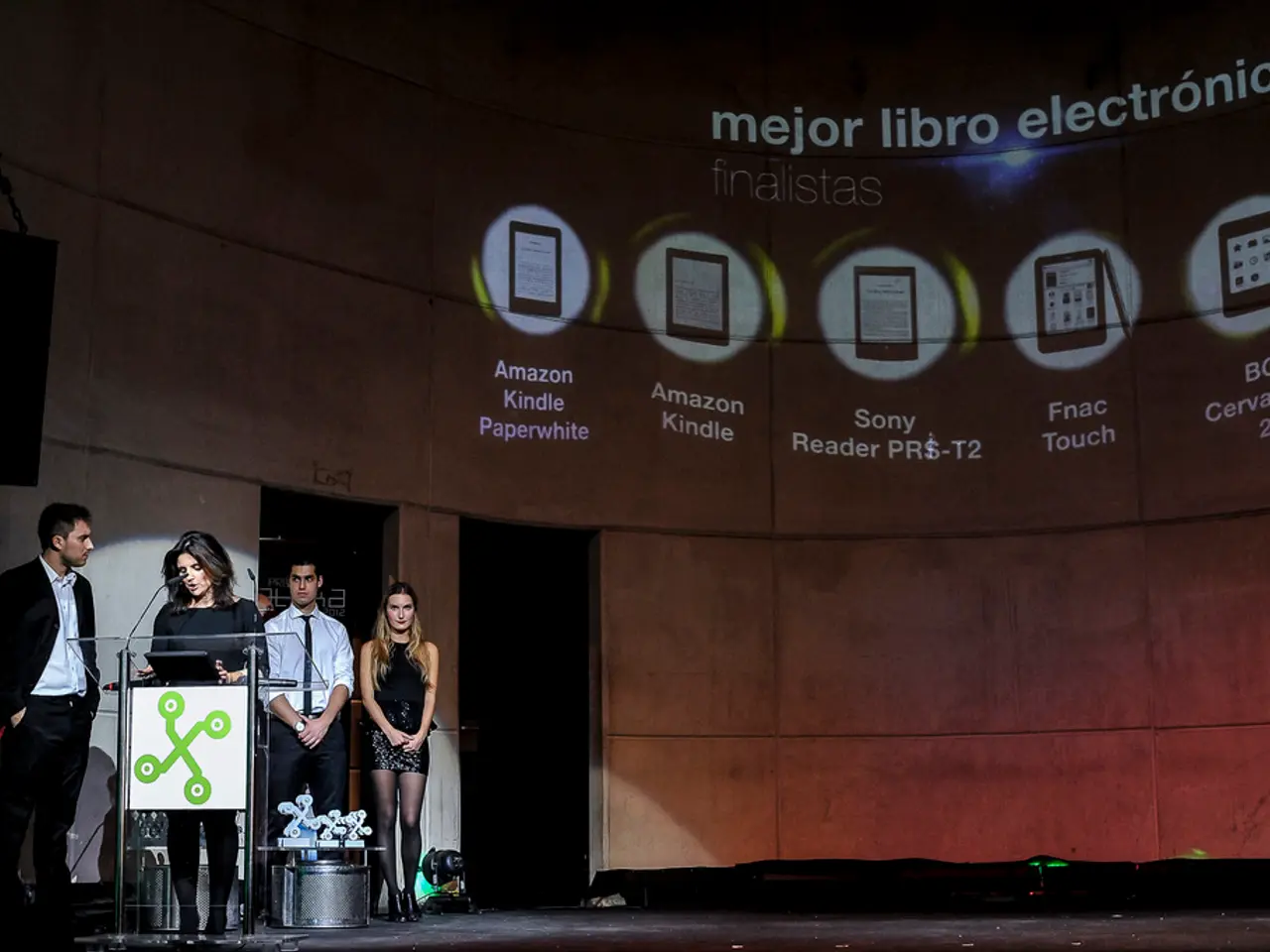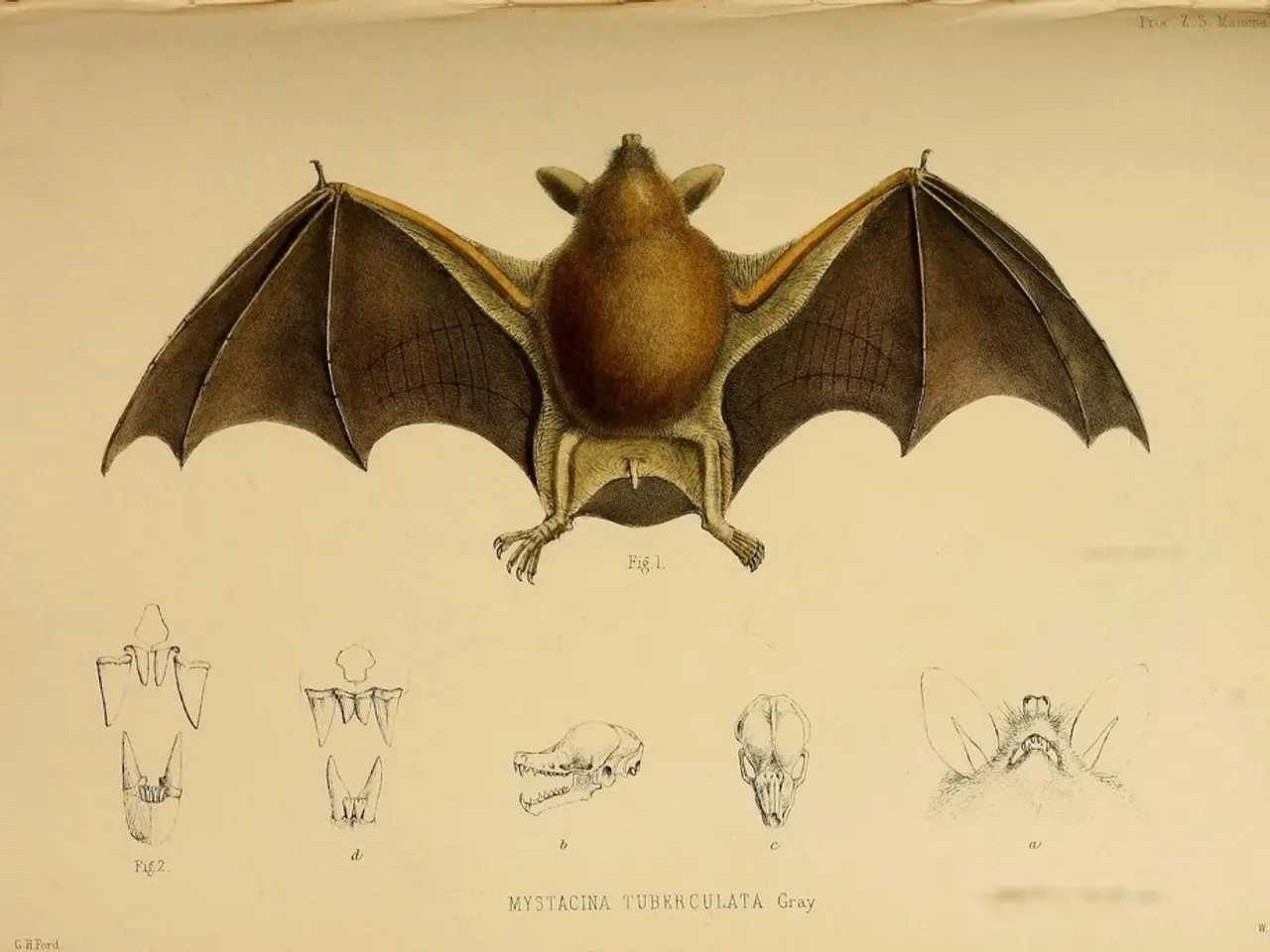AI-Aided Examination of Sagittarius A*: Unraveling the Cosmic Enigmas of the Universe
The historic first-ever image of Sagittarius A* (Sgr A*), the supermassive black hole at the centre of our Milky Way, has sparked a flurry of debate and alternative interpretations among astronomers. The image, unveiled by the Event Horizon Telescope (EHT) team, has challenged our understanding of the complex, dynamic astrophysical environment and the physical laws governing these cosmic phenomena.
One of the main contentions revolves around modelling and interpreting the intricate environment surrounding Sgr A*. This region is teeming with a dense population of stellar-mass black holes, neutron stars, white dwarfs, and accretion material. Distinguishing the signatures of Sgr A* itself from these foreground and background objects remains a formidable challenge, requiring sophisticated simulations and collaboration across observational and theoretical groups.
Recent observations from NASA’s James Webb Space Telescope reveal that Sgr A* is not static but shows rapid "light shows" of flares and flickers in its accretion disk, suggesting a highly turbulent environment with brightness variations on short timescales. This complicates the interpretation of the EHT image, which captures a snapshot of a highly dynamic system.
The EHT’s imaging of the black hole shadow also provides a testbed for General Relativity (GR). While gravitational redshift measurements from stars orbiting close to Sgr A* have confirmed GR predictions with high precision, alternative theories of gravity propose modifications that could impact the black hole shadow shape or the gravitational environment. The current accuracy does not allow definitive discrimination among these theories, leading to ongoing debate on interpretation.
Another point of contention is the need to disentangle stronger Newtonian perturbations by classical objects near Sgr A* from potential beyond-GR signatures. This remains a theoretical and observational challenge and a point of dispute, as the complexity of the local environment can mask or mimic new physics.
Much of the final image of Sagittarius A* relies on powerful machine learning models and statistical tools. However, these models have their own limitations, with advanced algorithms used to fill gaps in radio frequency observations still prone to interpretation errors. The image of Sagittarius A* is also subject to interpretation errors due to challenges in astrophysical analysis via radio interferometry.
Despite these controversies, the image of Sagittarius A* has provided significant insight into how black holes and their surrounding environments behave. Ongoing improvements in telescope technology and machine learning tools may allow for a more transparent process of data reconstruction, potentially leading to a more accurate representation of these celestial giants. Future discoveries may revise our understanding of black holes, making the analysis of the Sgr A* image an evolving field requiring more precise data and comprehensive models to resolve outstanding uncertainties.
As more data comes in, future astronomers will likely build upon these interpretations, continually improving our knowledge of the enigmatic regions around black holes. The future of black hole imaging holds promise for a deeper understanding of the universe's most mysterious objects.
[1] Bower, G. (2021). The Event Horizon Telescope and the Future of Black Hole Imaging. Annual Review of Astronomy and Astrophysics, 59, 411-443. [2] Doeleman, S. S., et al. (2019). The First Image of a Black Hole. Astrophysical Journal Letters, 875, L120. [3] Psaltis, D. (2019). The Event Horizon Telescope and the Physics of Black Holes. Annual Review of Astronomy and Astrophysics, 57, 341-378. [4] Vitale, M., et al. (2020). Gravitational Waves from Sgr A* and the Test of Modified Gravity Theories. Physical Review Letters, 125, 101102.
- The discussions among astronomers are not limited to the first-ever image of Sagittarius A*, but also extend to the application of advanced technological tools such as machine learning models in the interpretation of space-and-astronomy data within this complex science domain.
- As science continually progresses, the analysis of Sagittarius A*'s image provides a platform for testing existing theories of gravity like General Relativity, and moreover, opens doors for the exploration of new technology and innovation in space-and-astronomy, propelling us towards a deeper understanding of space-and-astronomy phenomena.




